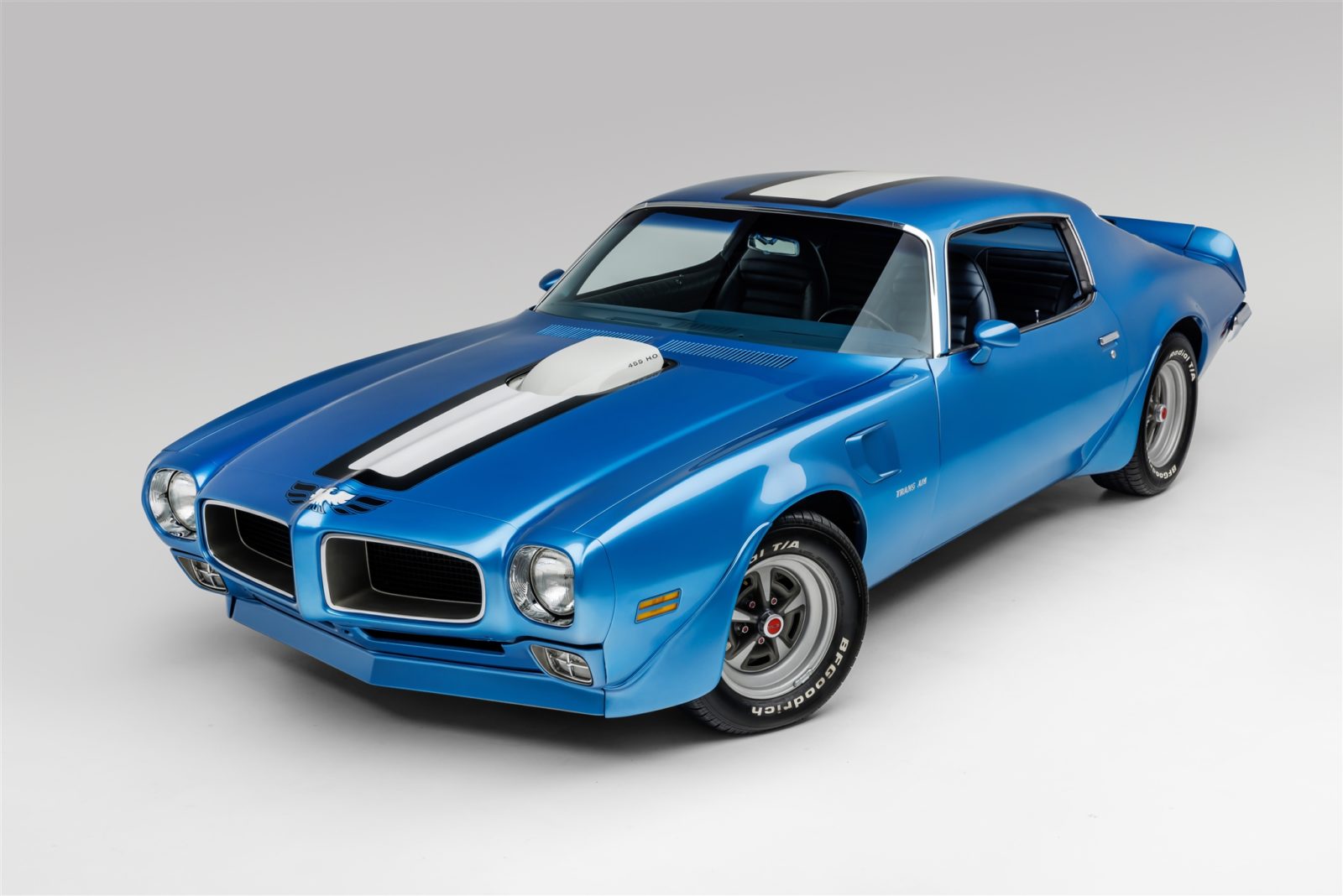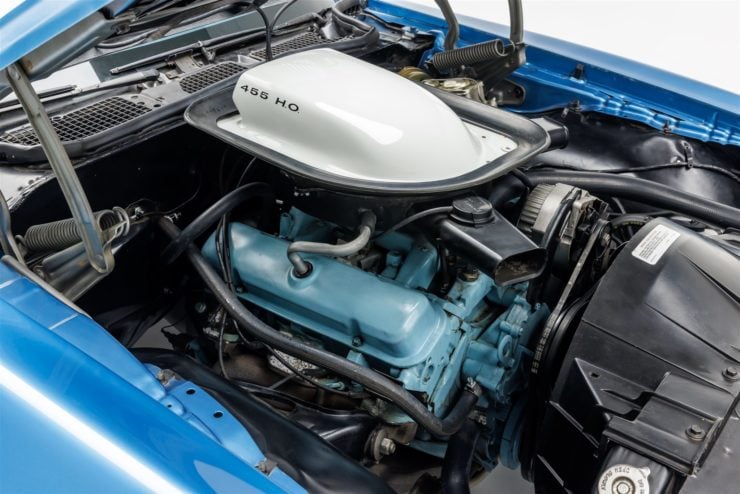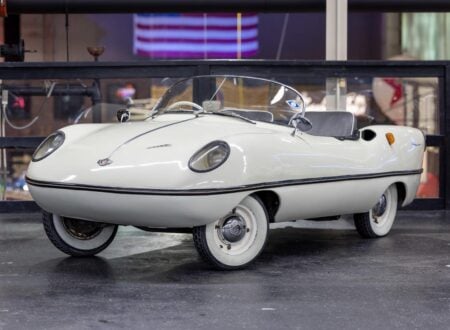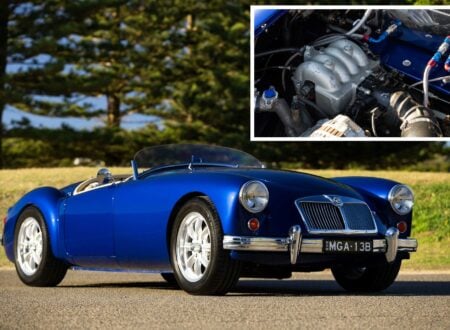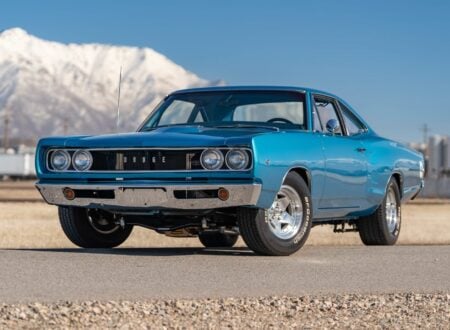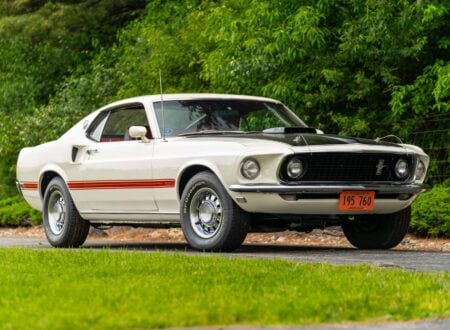This is one of fewer than 1,000 examples of the Pontiac Firebird Trans Am 455 HO that were made for the 1971 model year with the desirable 4-speed manual transmission option.
The 455 HO (High-Output) V8 was the largest and most powerful engine offered in the Firebird Trans Am during the 1970s, producing over 335 bhp and 480 lb ft of torque.
Fast Facts – The Pontiac Firebird Trans Am 455
- The Pontiac Firebird was released in 1967, it shared the F body platform with the Chevrolet Camaro – both cars were targeted squarely at the Ford Mustang and the fast growing “Pony Car” market segment.
- The Firebird was built over four generations between 1967 and 2002, many special edition versions were offered, the most famous of which was doubtless the Trans Am.
- The two most famous Firebird Trans Ams included the one used in the 1977 film “Smokey and the Bandit,” and the 1982 Pontiac Trans Am used in the “Knight Rider” TV series – better known as KITT.
- The vehicle you see here is a 1971 Pontiac Firebird Trans Am 455 HO with the 4-speed manual transmission. It’s one of the highest specification Firebirds from its era, and the most powerful.
John DeLorean And The Banshee
Truth be told, the Pontiac Firebird was a consolation prize of sorts for the American automaker. They had originally been intending to offer their wildly popular 1964 Banshee (XP-833) concept car as a production car to compete with the then-new Mustang.
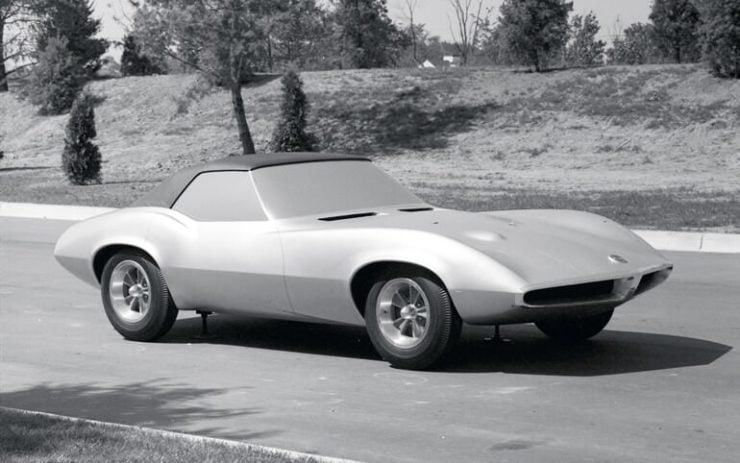

The Banshee project, then known simply as XP-833, was led by John DeLorean – the Pontiac division chief engineer and soon to be the overall head of the Pontiac division by 1965 thanks to his remarkable success with the Pontiac GTO muscle car.
DeLorean realized early on that to not just compete with the Mustang but beat it resoundingly, they would need to produce a vehicle that wasn’t simply as good as the first Pony Car, they would need to develop something superior.
The car he developed with his team looked like something from the future, with long sweeping lines, pop-up headlights, a low curb weight, excellent performance potential and a nicely appointed interior with two seats and a small trunk.
General Motors refused to green light the Banshee, fearing it would compete too closely with the C2 Corvette. many have since noticed the startling similarity to the third-generation “C3” Corvette that would be released two years later in 1967.
The Pontiac Firebird Trans Am
The Chevrolet Camaro was developed to compete squarely with the Mustang, it was based on the GM F body platform, the same platform that Pontiac would later be given approval to use for their own Mustang-fighter.
The car would be officially named the “Firebird” though the Banshee name had been considered. It was released in 1967, in 1969 the optional handling package named the “Trans Am performance and appearance package.”
The second generation Pontiac Firebird appeared in 1970, it was based on the second generation GM F body platform (as was the second generation Camaro). This new version of the Firebird would be a total blank slate redesign of the model, a whole new design for a whole new decade.
The Trans Am performance package would become a major part of the Firebird’s brand, denoting the highest performance version of the car throughout the 1970s and beyond, characterized by the “Hood Bird” decal on the hood, sometimes affectionally referred to as the “Screaming Chicken.”
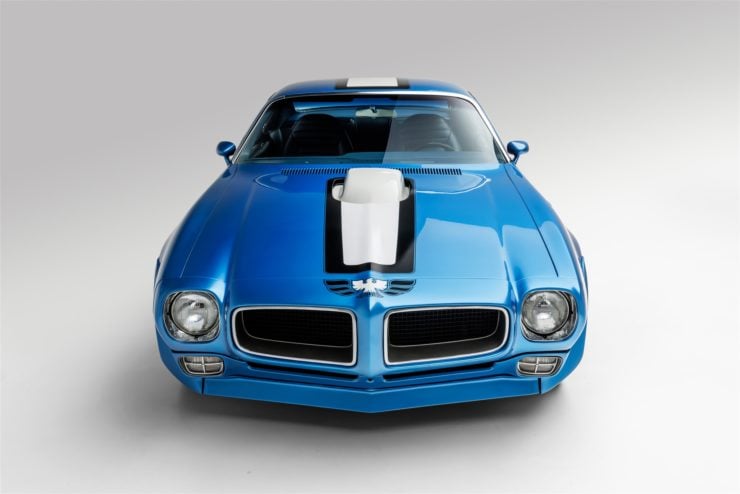

When a second generation Firebird Trans Am appeared in a starring role in the 1977 film Smokey and the Bandit the car became one of the most desirable muscle cars of the 1970s.
In the early 1980s a third generation Firebird Trans Am was modified to become “KITT” in the Knight Rider TV series, KITT was an acronym for Knight Industries Two Thousand.
Today the Trans Ams from this era are becoming increasingly collectible, as their 1970s and 1980s retro kitsch becomes cool again with a whole new generation.
The Pontiac Firebird Trans Am 455 HO Shown Here
The car you see here is a Pontiac Firebird Trans Am 455 HO from 1971. That “455 HO” in the model name means it’s fitted with the 455 cubic inch (7.5 liter) “High Output” (HO) V8 producing over 335 bhp and 480 lb ft of torque.
As the 1970s progressed these engines were progressively detuned to improve emissions, by 1975 the 455 engine option would be producing just 200 bhp, making the earlier cars far more desirable.
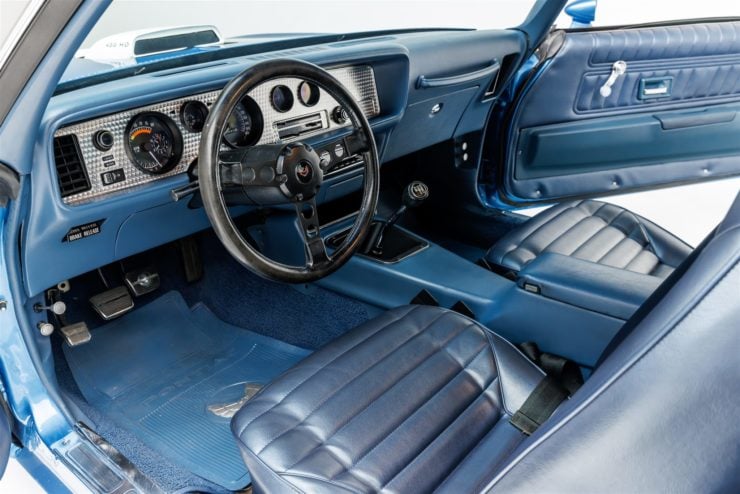

Both the standard 455 and the 455 HO were available as engine options for the Firebird “Formula” package in 1971, but the Trans Am option received the 455 HO V8 as standard equipment.
The 1971 Trans Am could be ordered with either a 3-speed automatic or a 4-speed manual transmission.
The car was fitted with independent front suspension with lower wishbones and an anti-roll bar, there was a live axle on semi-elliptic leaf springs in the rear with an anti-roll bar – telescopic dampers were used front and back.
The Trans Am was also fitted with an eye-catching (and functional) rear-facing shaker hood scoop, spoilers ahead of each wheel, a front air dam, a rear spoiler, and fender air extractors.
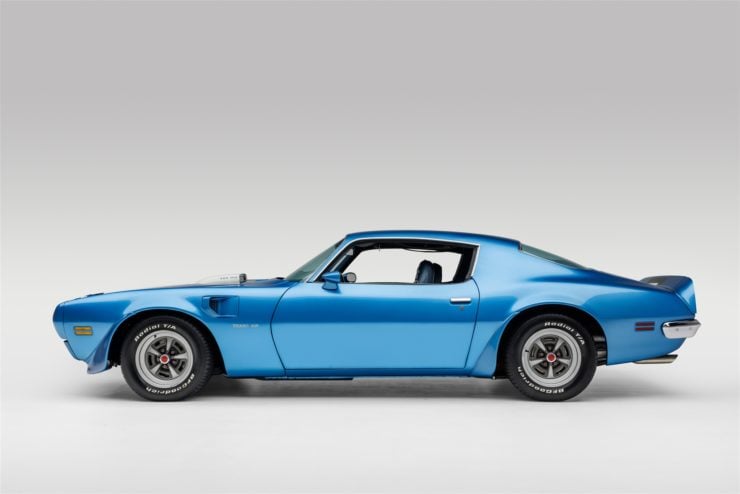

Visually it was an arresting car that offered excellent performance for the MSRP of between $4,557 to $4,595 USD.
The Trans Am 455 HO from 1971 shown here is one of just 885 examples equipped with the 4-speed manual transmission for the model year, offering a far more engaging driving experience than its slush box sibling.
This car was recently refurbished by Restore a Muscle Car in Lincoln, Nebraska, including a fresh coat of its original Lucerne Blue. Inside you’ll find a blue vinyl interior with matching blue carpets throughout.
The car rides on refurbished 15″ Rallye II wheels with PMD center caps, shod with 235/60 BFGoodrich Radial T/A white letter tires.
It’s now for sale in a live online auction with Bring A Trailer, you can click here to view the listing.
Editor’s Note: This bis one of two articles that we mixed up the scheduling on, they got buried and we missed the auction end date by quite a margin! This car sold for $120,000 USD and you can read more about it via that link above.
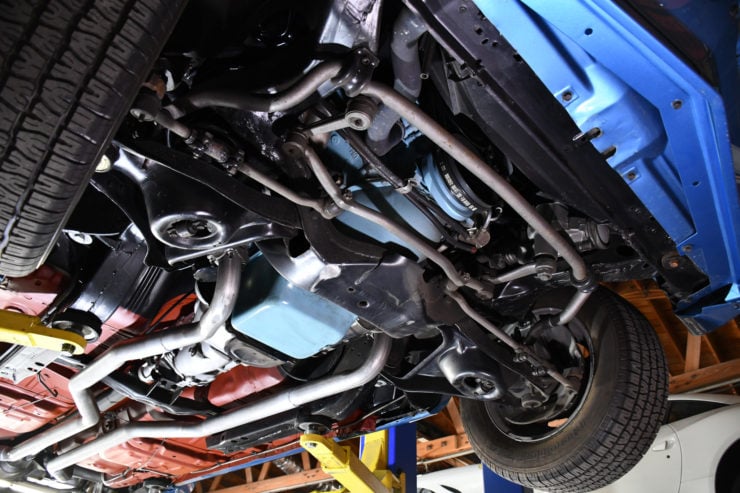
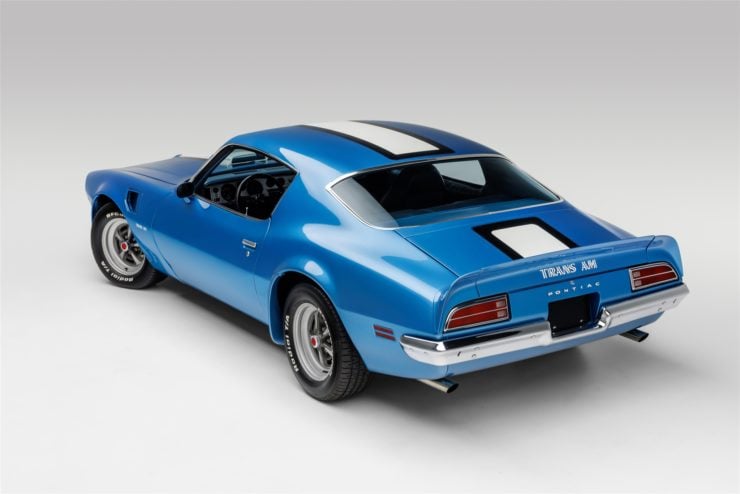
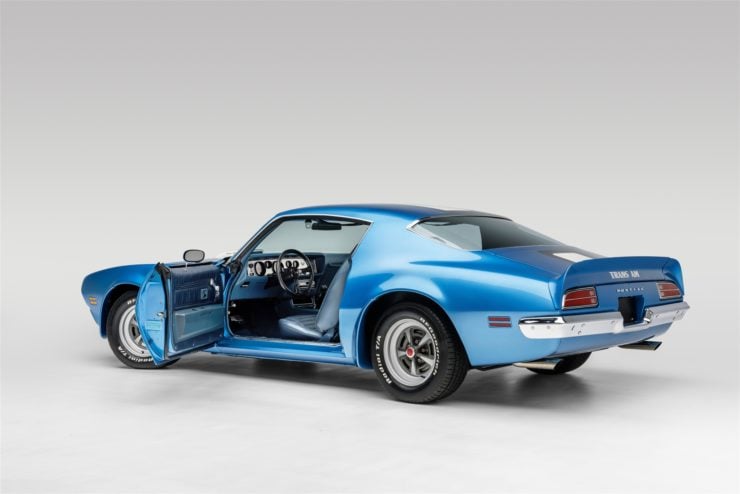
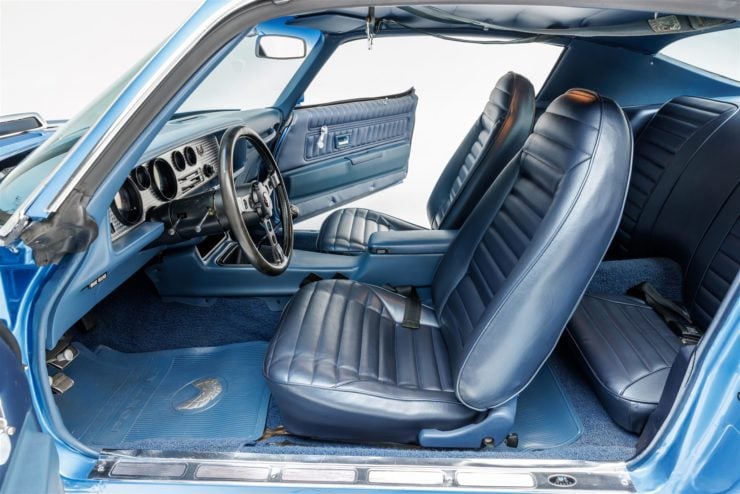
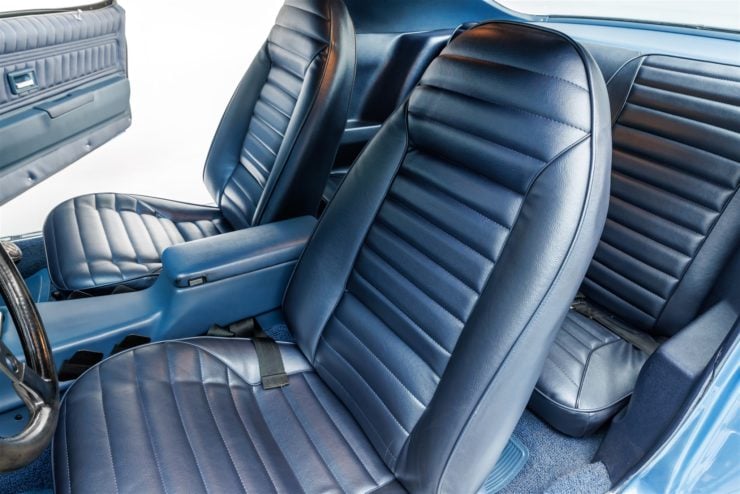
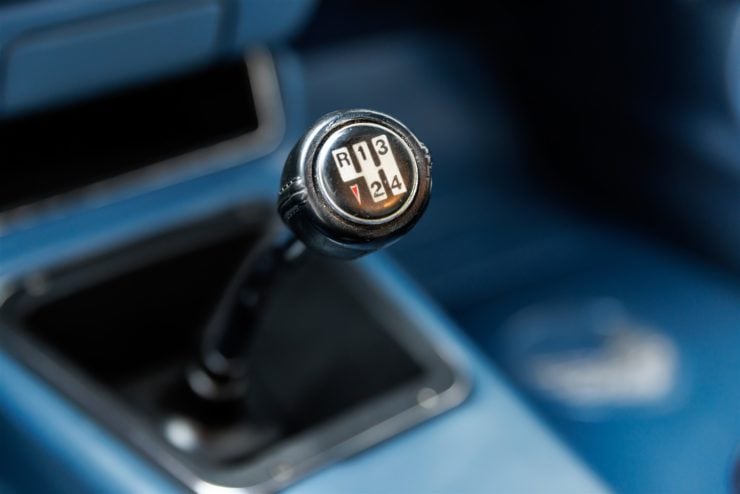
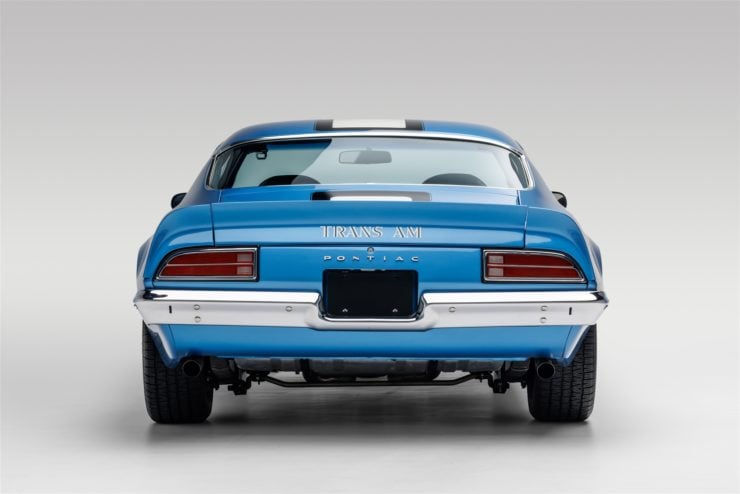
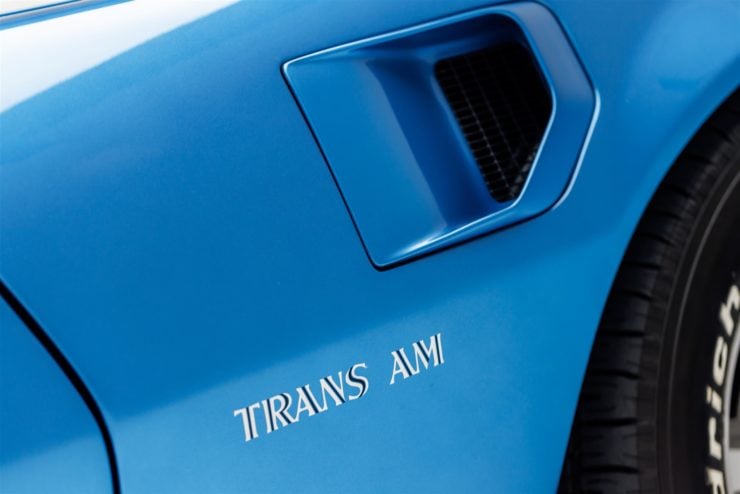
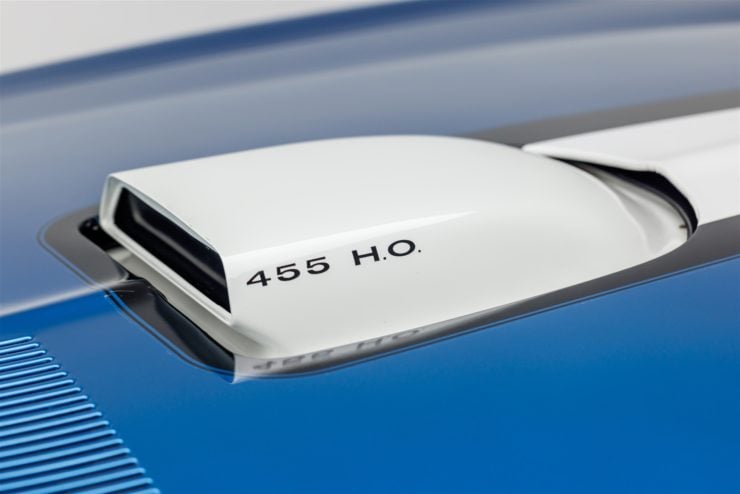
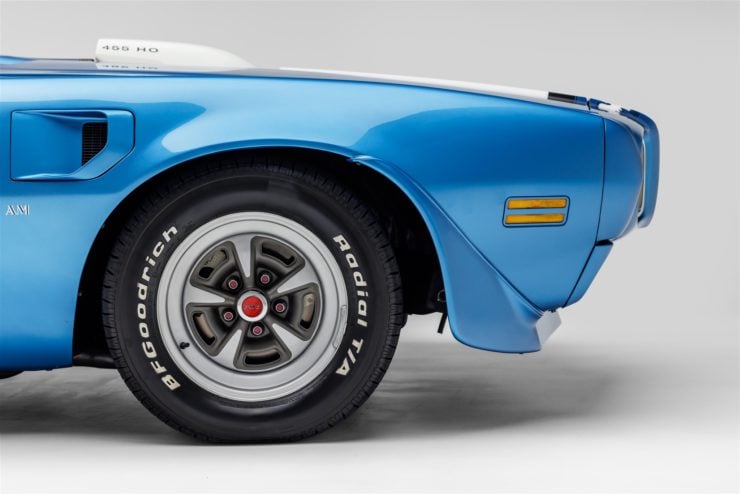
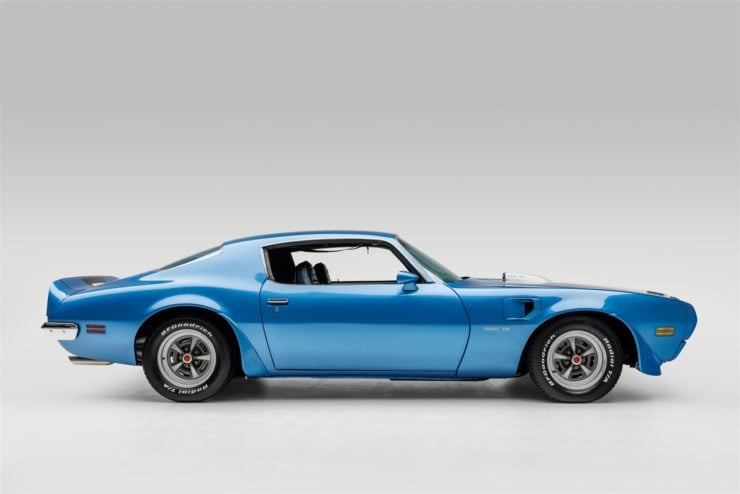
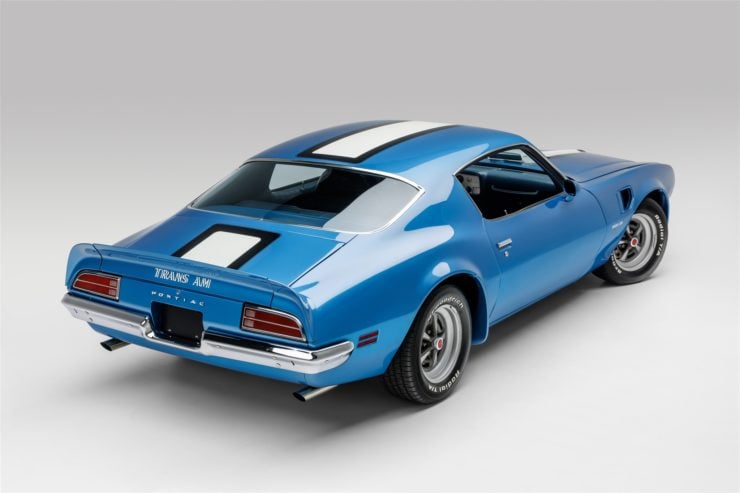
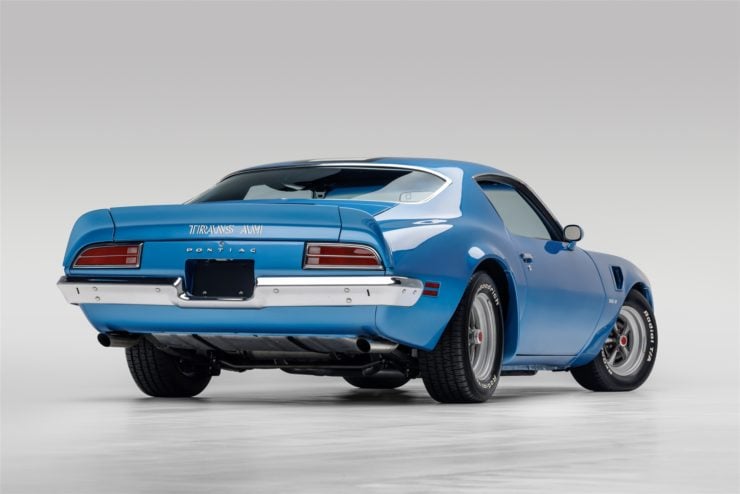
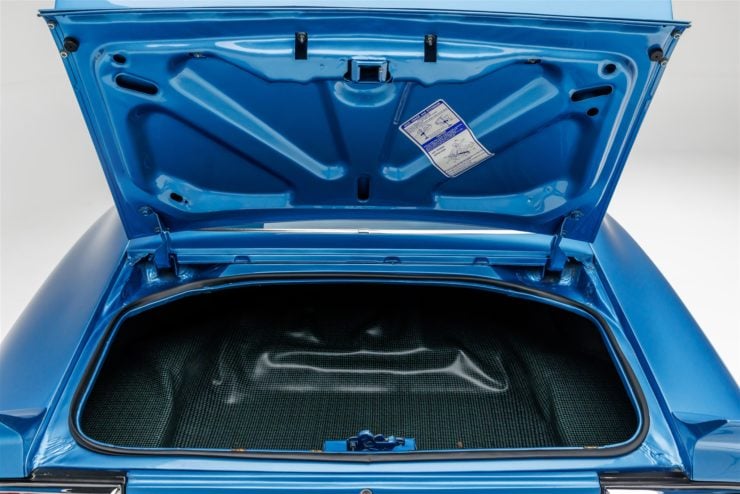
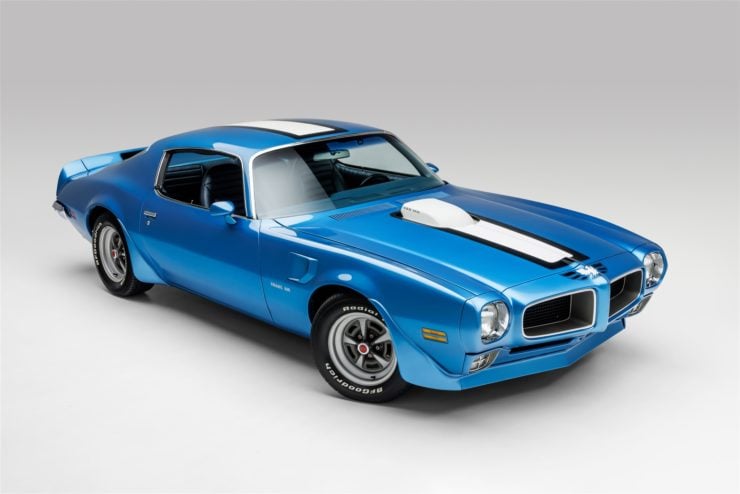
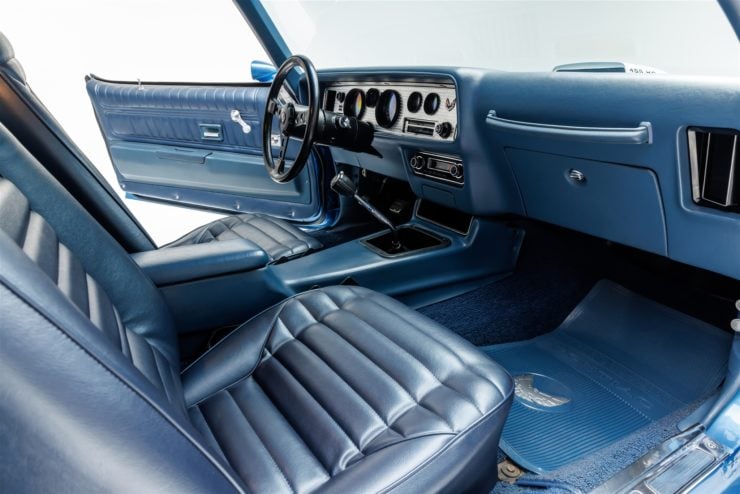
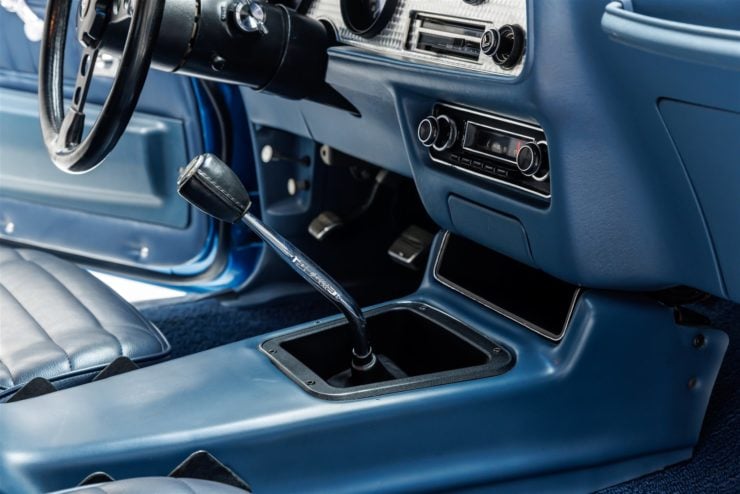
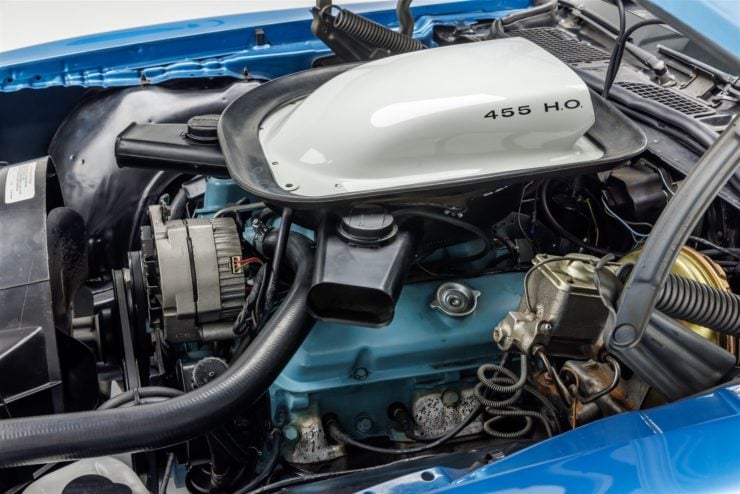
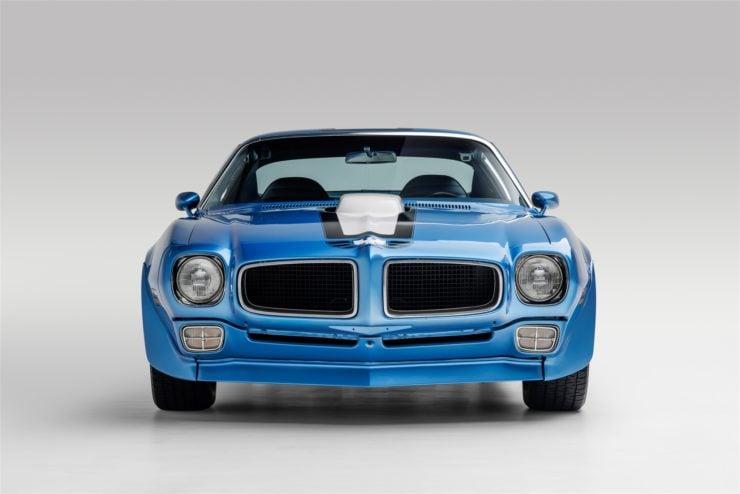
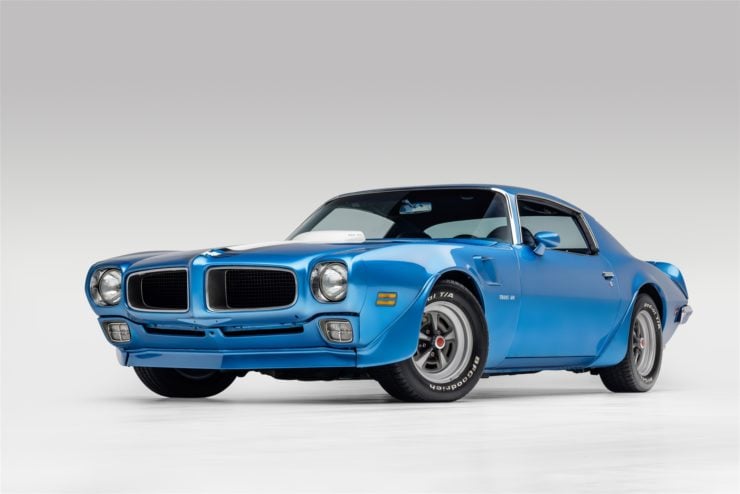
Images courtesy of Bring A Trailer

